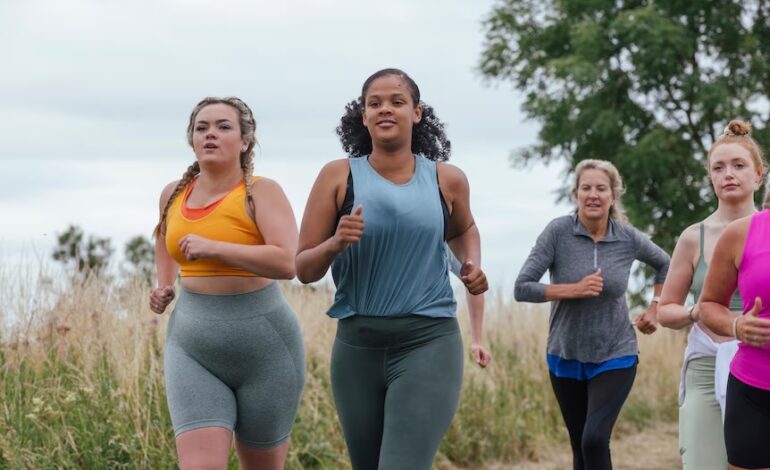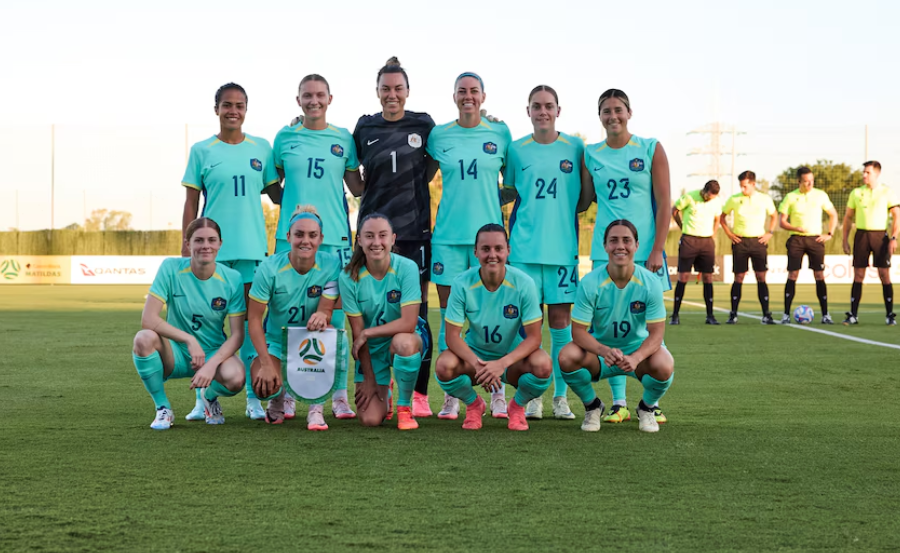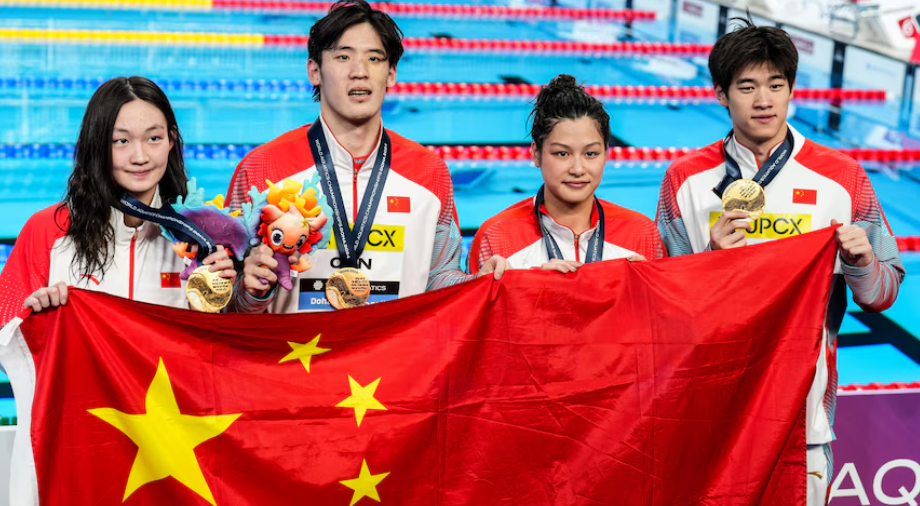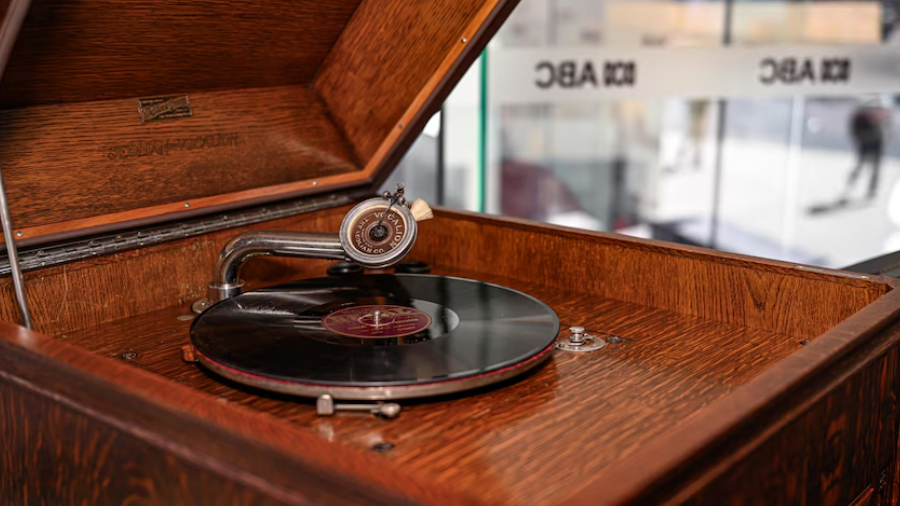Wearing the wrong bra could put you at a greater risk of a knee injury, study suggests

Bras and knees. You might not think they have much to do with each other.
But it turns out that wearing the right bra might actually reduce a woman’s risk of a serious knee injury.
Women are far more likely to tear their anterior cruciate ligament (ACL) than men and the results can be catastrophic.
The ACL, which runs diagonally through the middle of the knee and helps stabilise the joint, can take between nine and 12 months to recover from reconstruction surgery.
To work out why the risk is so much greater for females, researchers have looked at biological factors and training routines. But until recently, no-one had considered the role of the bra.
An international team of experts in biomechanics and sports medicine decided to take the task on and studied 35 female recreational athletes.
They found when women wore highly supportive bras while completing jumping and landing tasks, many of the common risk factors associated with ACL injuries decreased.
Knee flexion angles were smaller, which means the knee didn’t have to bend as much on landing, and there was also a reduction in dynamic knee valgus, which is when the knee moves inwards from the foot.
Lead researcher Douglas Powell, director of the Breast Biomechanics Research Center at the University of Memphis, found the results surprising.
“We kind of went into this expecting there would be no differences as a result of breast support but the differences shocked us a little bit,” he says.
“We’re talking about a meaningful level of [stress] on the ACL.”
The study found women tended to use an ankle-dominant strategy for landing when they were bare-breasted or wearing minimal breast support. But this strategy can lead to knee injuries because it puts more strain on smaller muscles.
But when they wore a supportive bra, the women used a more hip-dominant strategy, which puts less stress on the ACL.
Dr Powell says the switch to hip-dominant landings occurs when breast support is increased as the trunk moves less, and in turn, the pelvis is easier to control.
“So we see changes in movement patterns at the trunk, pelvis and lower extremities since it’s all connected,” he says.
“This [finding] is useful as we could go on to teach women to use a more hip-based strategy.”
The study, published in the Journal of Applied Biometrics, included women with cup sizes ranging from B to D and the findings suggest the larger the cup size, the higher the risk of traumatic knee injury.
“But in saying that, there’s so many differences in movement patterns from person to person I don’t think we can definitively say breast size drives [injury risk] … it’s a contributing factor,” Dr Powell says.
Nichola Renwick, a senior research associate in breast biomechanics at the University of Portsmouth, says the study “scratches the surface” of an area that needs further investigation.
“I think it still requires a lot more insight … there’s a lot of different considerations to take into account, particularly around the impact [on the knees] from different activities and cup size.”
Dr Renwick says the ACL injury prevention angle to this research could encourage more women to get educated about breast health.
“Things like running clubs are becoming more and more popular but people still don’t know what kind of kit to wear for it.”
The right bra can change how you breathe
Breasts move up and down and side-to-side during exercise. During an hour-long run they bounce in a figure-eight pattern around 10,000 times.A high-support bra (on the left) compared to a bra that allows for too much movement (on the right)(GIPHY)
Because breasts move in a vertical motion that’s out of time with the rest of the trunk, they can forcefully hit the chest if a bra isn’t supportive enough.
The breasts largely depend on the skin for support so not wearing the right bra can stretch the collagen fibres of the skin, leading to stretch marks and breast ptosis, or sagging.
“We’re still investigating it but we think the stretching and breaking of the collagen fibres is what causes exercise-induced breast pain,” Dr Renwick says.
Deirdre McGhee, a leading Australian breast health researcher who was a co-author on the recent study about ACL injuries, says wearing an inadequate sports bra was the equivalent of a man not wearing underpants which support his scrotum while exercising.
“It is a no-brainer, you should be wearing a high level of breast support. Why the hell aren’t we doing it?”
Research shows the right bra can:
- Reduce oxygen consumption when running, which in turn improves running economy (the distance you travel per litre of oxygen consumed)
- Decrease ground reaction force i.e how hard your limbs hit the ground when you walk, run, jump
- Counteract poor posture caused by the breasts pulling the trunk forward (which can cause women to fatigue earlier when exercising)
- Allow a woman to take longer strides when running
- Make you less distracted and more motivated to exercise
Silent suffering
The idea that bras are simply an annoying undergarment is something breast health researchers are actively trying to change.
“It’s a piece of kit that you wear to help you improve your performance,” Dr Renwick says.
Dr McGhee often works with elite athletes to help them understand proper breast support, but she’s also trying to make strides at a recreational level.
Even though community-based rugby union players often sustain breast injuries, there’s an aversion to reporting them to medical or coaching staff.
To address this, Dr McGhee and PhD student Robyn Tyler are running a program with Queensland Rugby League where a trusted female associated with a team is trained to be a breast education leader.
“They then go and train the athletes in their team who will then train their friends, mothers, friends … we’re trying to make it seep out through the community.”
Meanwhile, scientists at the University of Portsmouth’s specialised breast health unit have been working with the British army and police force to see how certain bras affect their day-to-day duties.
Female army recruits told researchers their job performance was negatively affected by exercise-induced breast pain and when they were provided with professional bra fitting, 80 per cent saw a change in their self-reported bra size.
However many felt the professionally-fitted sports bras were too tight around their torso.
Researchers say this is because many women simply aren’t used to wearing a bra that fits properly.
Many make the mistake of always shopping for the same size bra their entire lives, even though things like childbirth and ageing change how much support is needed.
For this reason, Dr McGhee and Professor Julie Steele created the online Sports Bra Tool in conjunction with the Australian Institute of Sport so women can learn what kind of bra is best for their size, age and activity levels.
The right bra is generally available at discount department stores, Dr McGhee says.
The University of Portsmouth breast researchers are now looking at next-generation sports bra design that will be grounded in scientific evidence.
“Now we know how breast movement affects the rest of the body we can implement that into potential designs and maybe have activity-specific bras in the future,” Dr Renwick says.
SOURCE: ABCNEWS





